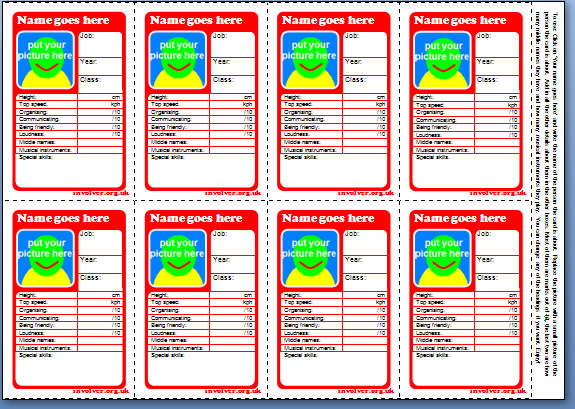Involving the whole school
The key issue for school councils is how they involve the whole student body. Not just once a year when representatives are voted on, but on an on-going basis, throughout the year.
For me the core of the answer is in class meetings. Through these every student in the school can be listened to, given a chance to speak and become involved. Not all will want to, and many won’t very often, but the fact that it happens regularly, for everyone makes a huge difference. It is clear that the school (and the school council) are there for you when you need it, and is actively trying to involve you.
Transferring responsibility in secondaries
In secondary schools having these meetings is often seen to be harder than in primaries. The timetable is more prescribed, students move around and swap groups during the day, and so on. Last week when this issue arose at a training session I asked about the class meetings in the teacher’s school. He said that they had got rid of them because they couldn’t rely on the 72 form tutors to run them and pass on the messages. I’ve heard this from so many schools and it makes me sad to think about what this says to the students about how much their form tutors value their opinions. It raises questions of management too, but we’ll leave that to another time.
To me it seems that this is a problem that could be avoided. This shouldn’t be the teachers’ responsibility, it should be the class reps’. They should each have a simple page to assist them to run a class meeting. It lists decisions made, questions to be asked and a space for raising new issues. This makes sure that every class in the school is involved in the discussions of the school council. All the teacher needs to do is ensure that every other Friday 15 minutes of form time is given over to the class rep (as stated in the school council policy).
So I suggested this to the delegates at the training event. They liked the idea and of course asked whether I had a template for this. “Of course,” I white-lied, “I’ll send it out to you all next week.” So this morning I transferred that template from my head to the computer.
Free template
You can download a PDF or a Word version below. There are instructions for the class rep on the sheet itself. Instructions on how to fill it out are at the bottom of this page.
[gview file=”http://involver.org.uk/dl/class-meeting-feedback-form.pdf” save=”0″]
[download id=”250″]
[download id=”251″]
Instructions for filling it out
I would suggest you take the Word version and then you can type directly in to it. This is how it needs to be filled out (I say ‘school council’ below but it could be any meeting that is being reported back from, such as a year or house council):
- In Section 1 you should put the decisions that were taken at the school council. Keep it succinct but clear, as the rep will just read this section out.
- You should just be able to copy the ‘Issue’ from your minutes.
- The ‘Action/Decision’ should also be from your minutes, so wherever possible it should be an action: WHO is going to do WHAT by WHEN.
- The ‘Reason’ is where you can add some explanation. For example, ‘There was general agreement on this from across the school’; ‘There isn’t the money to do this at this time’
- In Section 2 you should write the question that the school council wants to ask the whole school. Make the question clear and simple, so you are sure everyone across the school understands it as written.
- Depending on the question, you may find it useful to add some options for classes to select from.
- You should leave section 3 blank, this is where ideas from the classes are written down.
You then need a system for collecting and collating these sheets. It could be that they are all handed in to the office straight after form time to be collected by the school council secretary later.


